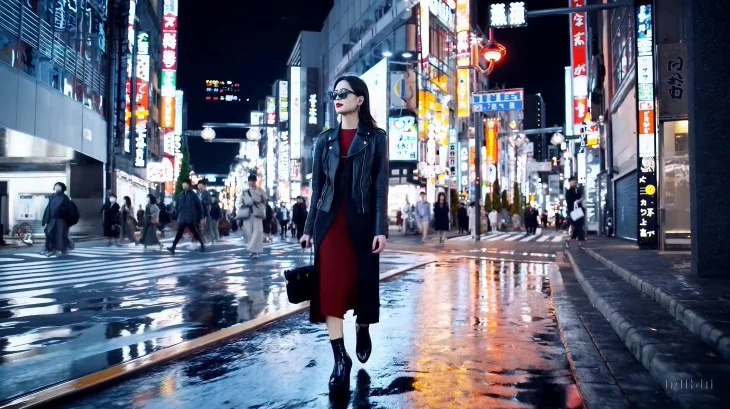Recently, the YouTube channel WVFRM Podcast invited OpenAI UnderVincent video model Sora The core team members participated in the interviews.
The three members include Bill Peebles, Tim Brooks and Aditya Ramesh, all of whom are Sora project leaders.
The three executives talked about when Sora will be available to users, saying that Sora is still in the feedback acquisition stage.It is not a product yet and will not be available to the public anytime soon.. "
We don't even have any timeline at this point as to when we'll make this a product. We're in the feedback phase. We'll definitely improve it, but how we should improve it is an open question.
When talking about the principle of Sora, the person in charge said that its working principle isAnalyze large amounts of video data and learn to generate realistic videosThe working method integrates the technologies of large language models such as GPT and diffusion models such as DALL-E. The architecture is similar to "in between the two" - the architecture is more like GPT, and the training method is similar to DALL-E.
As for the source of Sora's training data, the person in charge said that he could not reveal too many details.It only means that it is trained based on a combination of publicly available data and OpenAI-licensed data.

Sora can quickly generate relatively high-quality videos based on text, but industry insiders believe that such AI tools still have limitations and cannot completely replace the work of human creators.
“A lot of people say Hollywood is done,” says film concept artist and illustrator Reid Southen, “but I don’t think so.Hollywood's production process is very complicated, and these videos also have many problems, especially with regard to time consistency and extra limbs.”